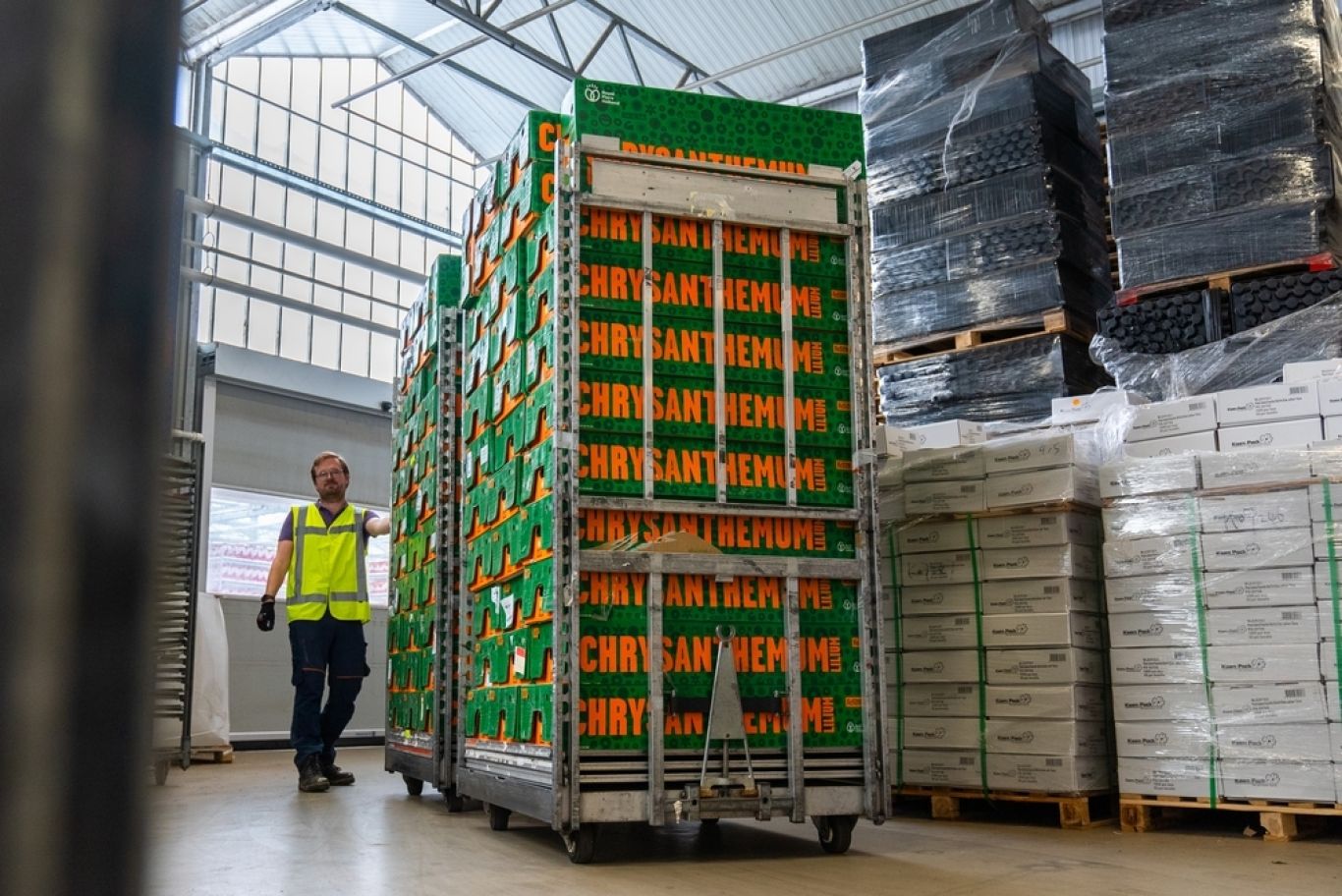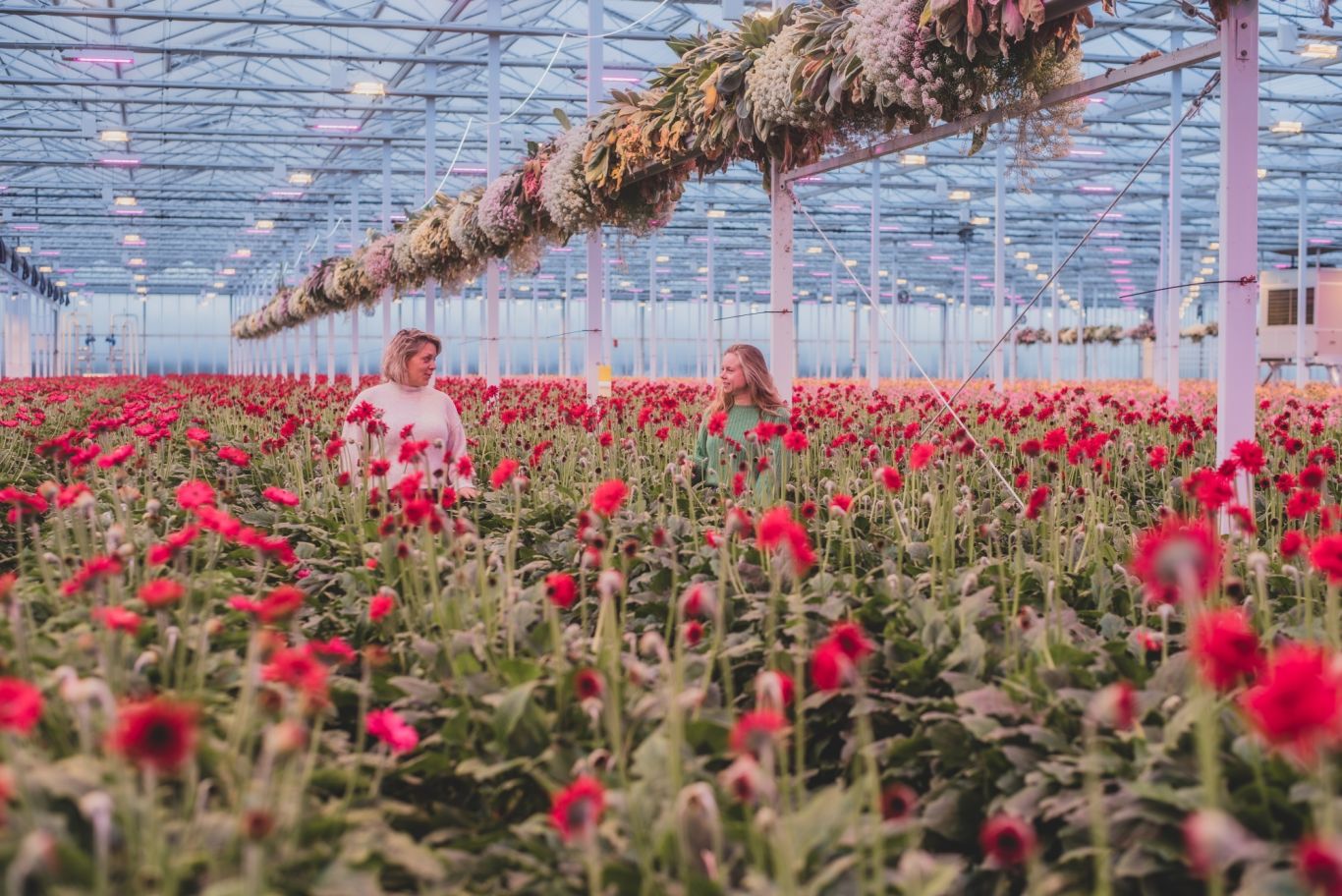From 11 February 2025, EU packaging legislation PPWR comes into force; what's the impact?
February 10, 2025

At the end of December 2024, the Packaging and Packaging Waste Regulation (PPWR) was approved by the European Council and is therefore definitive. This means the legislation will be officially in force from 11 February 2025 and the new rules will be introduced step by step in all EU countries. The impact on the floriculture sector is becoming increasingly concrete, with clear requirements for recycling, labelling and reuse of packaging.
The PPWR is the EU packaging and packaging waste legislation as part of the Green Deal. The goal is to:- Reduce the amount of packaging and packaging waste.
- Encourage reuse and high-quality recycling.
- Create a level playing field within the EU.
What does this mean for floriculture?
For growers, buyers and suppliers within the floriculture sector, the advent of the PPWR entails the implications below:
- Stricter requirements for flower and plant packaging.
- More emphasis on recyclable materials and reusable transport packaging.
- New labelling requirements for better waste separation and recycling.
Important dates
- 11 February 2025: The PPWR is officially in force. Companies are preparing for the new packaging rules.
- 12 August 2026: EU countries start step-by-step implementation. Initial obligations, such as reporting, may already apply from this point.
- 1 January 2030: Only packaging that complies with the environmental requirements (Articles 5 to 12, explanation at the bottom of this post) may still be placed on the European market.
Royal FloraHolland will continue to monitor developments and share additional information as soon as more details are known about the practical implementation. We also actively work to bring the interests of the floriculture sector to the attention of policymakers. Finally, we are going to make sure, that our own flower and plant packaging as well as our own operation comply with the guidelines.
The changes from 2030 on reuse and recycling of packaging still seem far away, but it is important to think about this now and make appropriate choices. Tip: Engage with your packaging suppliers and/or customers in time.- How does the new EU packaging legislation (PPWR) affect the floriculture sector? (Royal FloraHolland press release)
- All about PPWR (Verpact website)
- Summary EU2025/40: PPWR (Partners for Innovation website; only in Dutch)
- PPWR (European Commission website)
Explanation of PPWR articles 5 to 12
The articles below from the PPWR have the biggest impact on the floriculture sector.
Use of harmful chemicals such as PFAS is prohibited. The total concentration of lead, cadmium, mercury and chromium-6 in packaging shall not exceed 100 mg/kg.
Article 6: RecyclabilityAll packaging must be recyclable from 2030. They must meet strict 'design for recycling' criteria and be able to be properly collected, sorted and recycled. The EU is introducing a recycling score (A-D), which assesses the quality of the recycling process. From 2035, packaging with the lowest score (D) will be banned.
Article 7: Minimum input of recyclateThe use of post-consumer recyclate (PCR) will be mandatory for all plastic packaging from 2030. For non-food packaging, such as floriculture packaging, the requirement of at least 35% recyclate applies.
Articles 8 and 9: Bio-based and compostable packagingWithin two years, targets and new guidelines will be set for bio-based packaging. Compostable packaging should be clearly labelled.
Article 10: MinimisingFrom 2030, packaging will be designed to minimise weight, volume and number of layers. So no more unnecessary packaging layers or empty spaces in packaging (maximum 50% empty space in packaging).
Article 11: Reusable packagingThe EU sets minimum targets for reusable packaging, such as transport packaging:
- At least 40% of all transport packaging, used within the EU, must be reused.
- Transport packaging, which remains within one EU country, must be fully (100%) reusable.
- Cardboard boxes are excluded.
Each consumer pack will have a harmonised label with a pictogram containing information on material composition. Labels will also appear on waste bins to encourage correct sorting. For reusable packaging, a QR code should provide insight into reuse.
-
Did you find this interesting?
Then share this article


